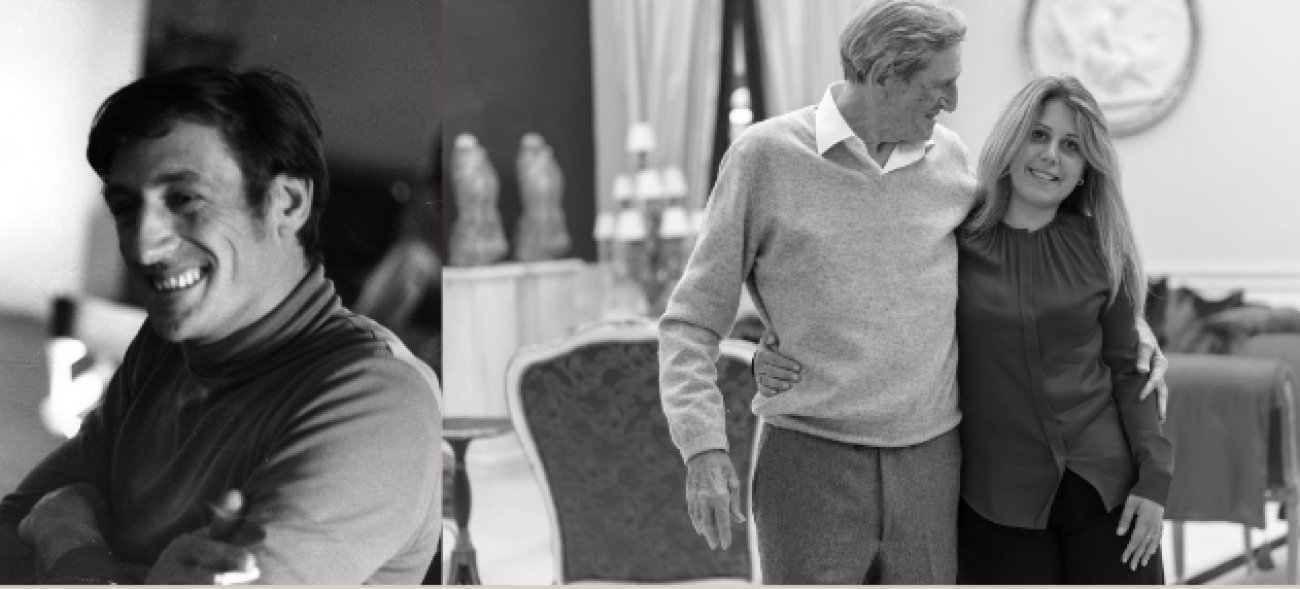
Irene: ROBERTO'S PHILOSOPHY
Study, experiment, proceed in harmony
Carry out the formal analysis and proceed with the analysis of the harmony of the context.
Make the prototype in order to guarantee its completeness, the whole construction, respecting precisely the values inherent in the original design.
Note down and try to gain an exact understanding of the details made by the designer of the time in order to extrapolate the character of the design to be reproduced.
Respect the details, the intricacies, the methods of carving, that can be observed in the original artefact and that we can draw from our knowledge of the historical context.
Only when the knowledge of the whole is complete can we proceed to the next stage, namely the philological interpretation, whether it is a 17th or 18th century product, based on the knowledge of the "implementation practice" of the historical period i.e. the whole set of unwritten rules that have been handed down through studies, drawings, manuals, annotations and epistles.
And, if we make changes, we are well aware that we are doing so, but with the precise choice of making the product coherent with the contemporary market.
What makes a re-edition a good re-edition is the respect for the original design and the message it sends today and has sent in the past, always keeping art at the forefront.
The master craftsman carver is not a creative person, but an intermediary between the designer's idea, which reverberates through his design, and the public.
Roberto's philosophy is one that we continue to follow with unwavering pride.
